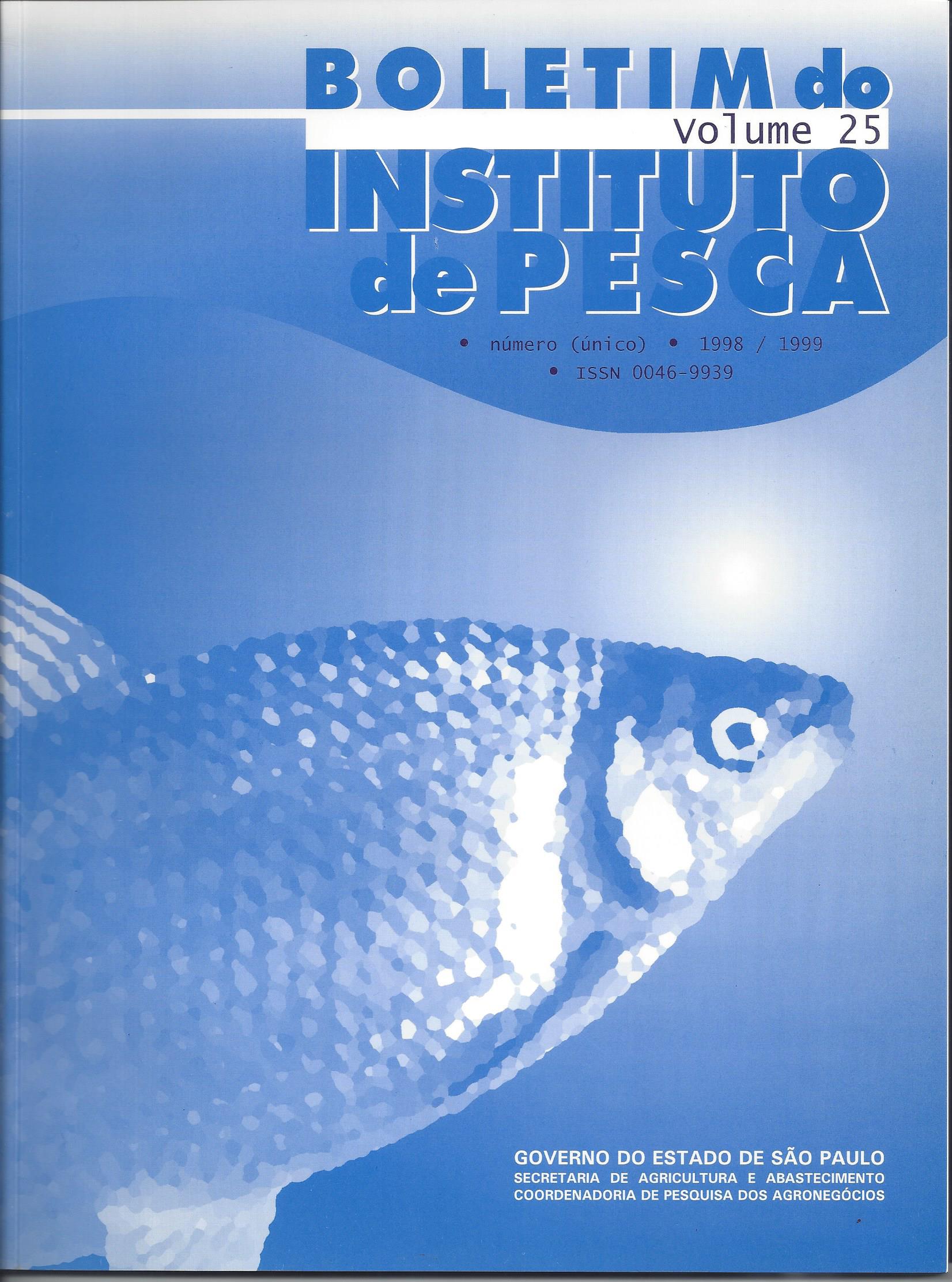Comparative study between four methods on closed ciculation systems for Macrobrachium rosenbergii larviculture
Keywords:
Macrobrachium rosenbergii, larviculture methods, biological filtrationAbstract
With the aim of comparing four maintenance methods in a closed aquaculture system for Macrobrachium rosenbergii larviculture which is being used in some Brazilian hatcheries, larvae in the fourth stage of development were reared under four different kinds of biological filtration. The treatment A - biological filter inside of the hatchery tank, using sand as substrate, following the methodology of Lobão (1997); treatment B - equal to the treatment A but the biological filter unit, external to the hatchery tank; treatment C - with discontinuous closed system of circulation of water in three units of biological filtration with substrate of rolled pebble, following Neves et al. (1991) and treatment D - biological filter of the "dry wet" model, with pebble substratum, outside the hatchery tank. The survival, period of larval development and post-larval production data were submitted to the variance analysis. The results indicate that the treatments are statistically equal. These results have confirmed that the success in larviculture does not depend too much on the structure or the substratum type. It depends mainly on handling, hygiene, feeding and on the rigid water quality control. In economic terms, the treatment A demandes less specialized labor.
References
tropical: unité pilote 3rd Meeting of the I.C.E.S. WORKING FROUP ON MARICULTURE, Brest, France. May 10-13, Actes de Colloques du C.N.E.X.O.,.4:213-232.
AQUACOP. 1977b Macrobrachium rosenbergii (de Man) culture in Polynesia: observations on the water
chemodynamism in intensive larval rearing. Proc. VIII World Mari. Soc.: 203-309
AQUACOP. 1977c Macrobrachium rosenbergii (de Man) culture in Polynesia: progress in developing a mass
intensive larval rearing technique in clear water. Proc.VIII World Mari. Soc.: 311-326.
AMERICAN PUBLIC HEALTH ASSOCIATION 1975 Standard methods for the examination of water and wastewater 14ª ed. New York, 1193p.











